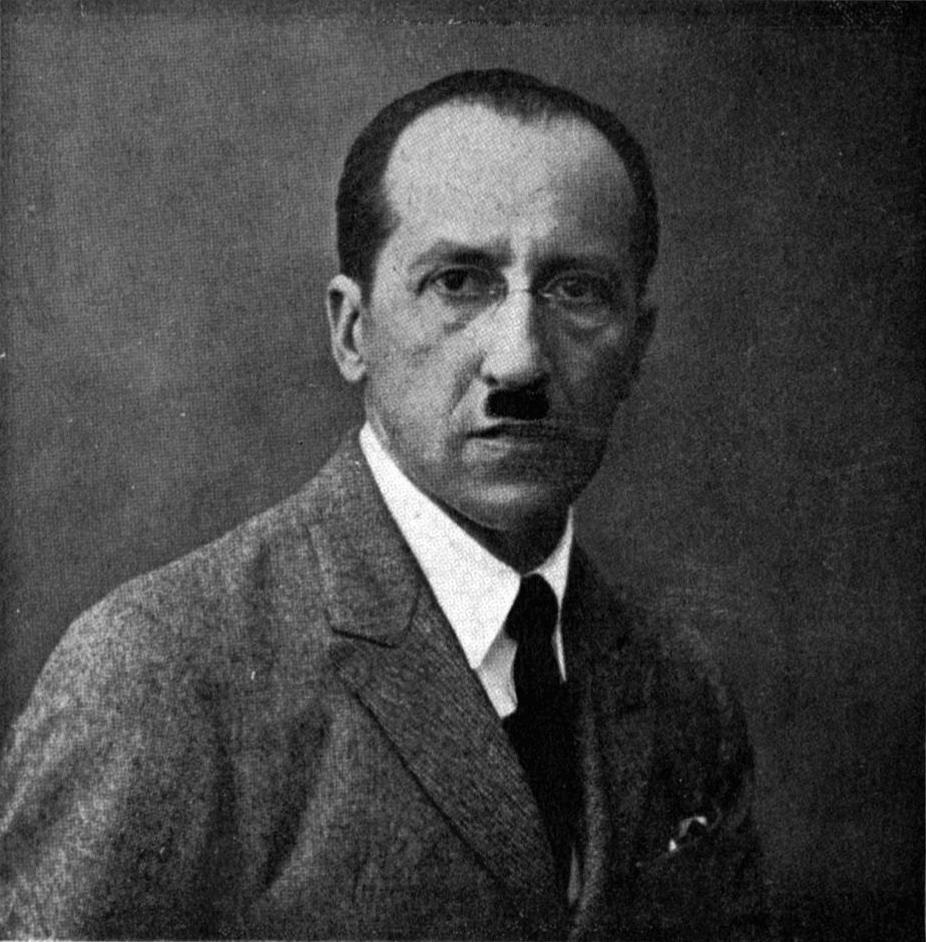Zdroj: 1940's, A New Realism', 1943-1945, p. 17
Piet Mondrian: Citáty v angličtine
Quote in Mondrian's letter to Rudolf Steiner, c. 1921-23; as cited in Abstract Painting, Michel Seuphor, Dell Publishing Co 1964, p. 83-85
1920's
Zdroj: 1940's, A New Realism', 1943-1945, p. 18
1910's, Natural Reality and Abstract Reality', 1919
“Well, I think my paintings are fast enough already…”
Quote of Mondrian, 1930 reacting on Alexander Calder, as cited by by Mondrian's recent biographer Hans Janssen, of the Gemeentemuseum in The Hague; as cited by Alastair Sooke, in 'Mondrian - the Joy of Being Square'; BBC culture, 10 July 2017 http://www.bbc.com/culture/story/20170710-mondrian-the-joy-of-being-square
In 1930, the American sculptor Alexander Calder, (inventor of the mobile / moving sculpture) visited Mondrian in his studio in Paris. Calder said 'Maybe you should take all these red, yellow and blue elements off the canvas and let them hang in the air, so they can move'.
1930's
In 'The Grand Boulevards' (of Paris), Piet Mondriaan, in 'De Groene Amsterdammer', 27 March 1920 pp. 4-5
1920's
In Mondrian's letter to Theo van Doesburg, Paris, 16 September 1919; as quoted in Mondrian, - The Art of Destruction, Carel Blotkamp, Reaktion Books LTD. London 2001, p. 171
1910's
Zdroj: 1940's, A New Realism', 1943-1945, p. 18
Quote in 'Plastic Art and Pure Plastic Art', Piet Mondrian (1937), in 'Documents of modern Art', for Wittenborn, New York 1945, p. 13; as quoted in Abstract Expressionist Painting in America, W.C, Seitz, Cambridge Massachusetts, 1983, p. 55
1930's
1910's, Natural Reality and Abstract Reality', 1919
In 'Neo-Plasticism: Home – Street – City', Piet Mondriaan, 'i 10', Jan. 1927
1920's
Quote from Mondrian's letter to H. P. Bremmer, Paris 29 January 1914; ; as cited in Mondrian, - The Art of Destruction, Carel Blotkamp, Reaktion Books LTD. London 2001, p. 81
1910's
'A New Realism', p. 17
1940's, A New Realism', 1943-1945
Quote of Mondrian in his letter to Theo van Doesburg, 1915; as cited in the 'Stijl' catalogue, 1951, p. 71; quoted in De Stijl 1917-1931 - The Dutch Contribution to Modern Art, by H.L.C. Jaffé http://www.dbnl.org/tekst/jaff001stij01_01/jaff001stij01_01.pdf; J.M. Meulenhoff, Amsterdam 1956, p. 6
1910's
Quote in: 'De Jazz en de Neo-plastiek', Piet Mondriaan, in 'i 10', 1927 pp. 421-427
1920's
quote from Mondrian's sketchbook II, 1912/13; as cited in Mondrian, - The Art of Destruction, Carel Blotkamp, Reaktion Books LTD. London 2001, p. 78
1910's
1910's, Natural Reality and Abstract Reality', 1919
Quote in Mondrian's letter to Theo van Doesburg, Amsterdam, 1915; as cited in Letters of the great artists, Richard Friedenthal, Thames and Hudson, London, 1963, p. 234 (transl. Daphne Woodward)
1910's
Quote of Mondrian in a letter to Van Doesburg, 4 Dec. 1927; as cited in De Stijl 1917-1931 - The Dutch Contribution to Modern Art, by H.L.C. Jaffé http://www.dbnl.org/tekst/jaff001stij01_01/jaff001stij01_01.pdf; J.M. Meulenhoff, Amsterdam 1956, p. 27
Mondrian's answer to Theo van Doesburg's retrospective article in 'De Stijl' magazine in 1929, where he wrote: 'By the lively and most articulate evolution the principles, developed mainly by P. Mondriaan in 'De Stijl' could not any longer be considered as generally characteristic of the opinion of the group.'
1920's
Quote of Mondrian in a letter to H. P. Bremmer, Paris 29 January 1914; ; as cited in Mondrian, - The Art of Destruction, Carel Blotkamp, Reaktion Books LTD. London 2001, p. 81
1910's
Zdroj: 1940's, A New Realism', 1943-1945, p. 17
But all that is not yet clear in my mind.
Quote in Mondrian's letter to artist Gorin, [who stated that the double line broke the necessary symmetry], 31 January, 1934; as quoted in Mondrian, - The Art of Destruction, Carel Blotkamp, Reaktion Books LTD. London 2001, p. 215
1930's
[on his two paintings 'Sea' and ' Trees', both made in 1912 https://upload.wikimedia.org/wikipedia/commons/6/65/Trees%2C_1912%2C_Mondrian.jpg
note in his sketchbook, undated but c. 1912; as quoted in Mondrian, - The Art of Destruction, Carel Blotkamp, Reaktion Books LTD. London 2001, p. 70
1910's
1910's, Natural Reality and Abstract Reality', 1919
Quote of Mondrian in a letter to Theo van Doesburg, 17 May, 1920; as cited in 'Stijl' catalogue, 1951, p. 72; quoted in De Stijl 1917-1931 - The Dutch Contribution to Modern Art, by H.L.C. Jaffé http://www.dbnl.org/tekst/jaff001stij01_01/jaff001stij01_01.pdf; J.M. Meulenhoff, Amsterdam 1956, p 19
1920's
Quote of Mondrian about 1905-1910; in 'Mondrian, Essays' ('Plastic art and pure plastic art', 1937 and his other essays, (1941-1943) by Piet Mondrian; Wittenborn-Schultz Inc., New York, 1945, p. 10; as cited in De Stijl 1917-1931 - The Dutch Contribution to Modern Art, by H.L.C. Jaffé http://www.dbnl.org/tekst/jaff001stij01_01/jaff001stij01_01.pdf; J.M. Meulenhoff, Amsterdam 1956, p. 40
Quote of Mondrian, c. Oct. 1917; as cited in Letters of the great artists, Richard Friedenthal, Thames and Hudson, London, 1963 (transl. Daphne Woodward), p. 237
1910's
Quote of Mondrian in a letter to Theo van Doesburg, 13 Feb. 1917; as cited in 'Stijl' catalogue, 1951, p. 72; in De Stijl 1917-1931 - The Dutch Contribution to Modern Art, by H.L.C. Jaffé http://www.dbnl.org/tekst/jaff001stij01_01/jaff001stij01_01.pdf; J.M. Meulenhoff, Amsterdam 1956, pp 13-14
1910's
1910's, Natural Reality and Abstract Reality', 1919
